In Photos: Beautiful Pyramids of Sudan
Clustered Pyramids

This aerial photo shows a series of pyramids and graves that a team of archaeologists has been exploring at Sedeinga in Sudan. Since 2009 they have discovered at least 35 small pyramids at the site, the largest being 22 feet (7 meters) in width. Although the tops are not attached, the base of the pyramids can be seen. The pyramids date back around 2,000 years. [Read full story on the Sudan pyramids]
Solar Orbs
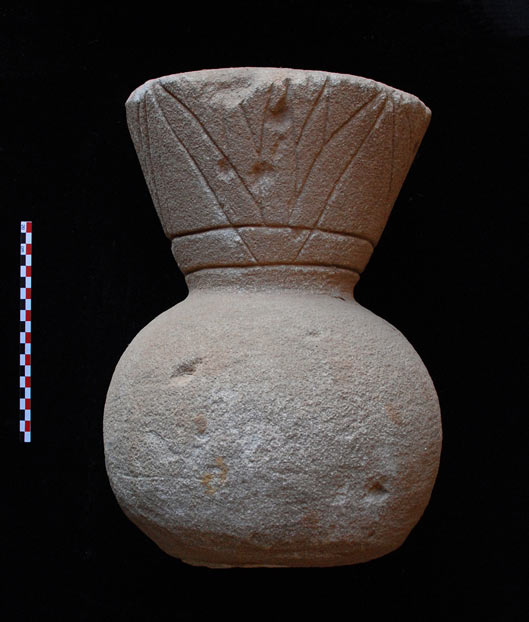
The capstones of the pyramids discovered at Sedeinga in Sudan were shaped as either a bird or, as in this case, a lotus flower on top of a solar orb.
Inner Circles
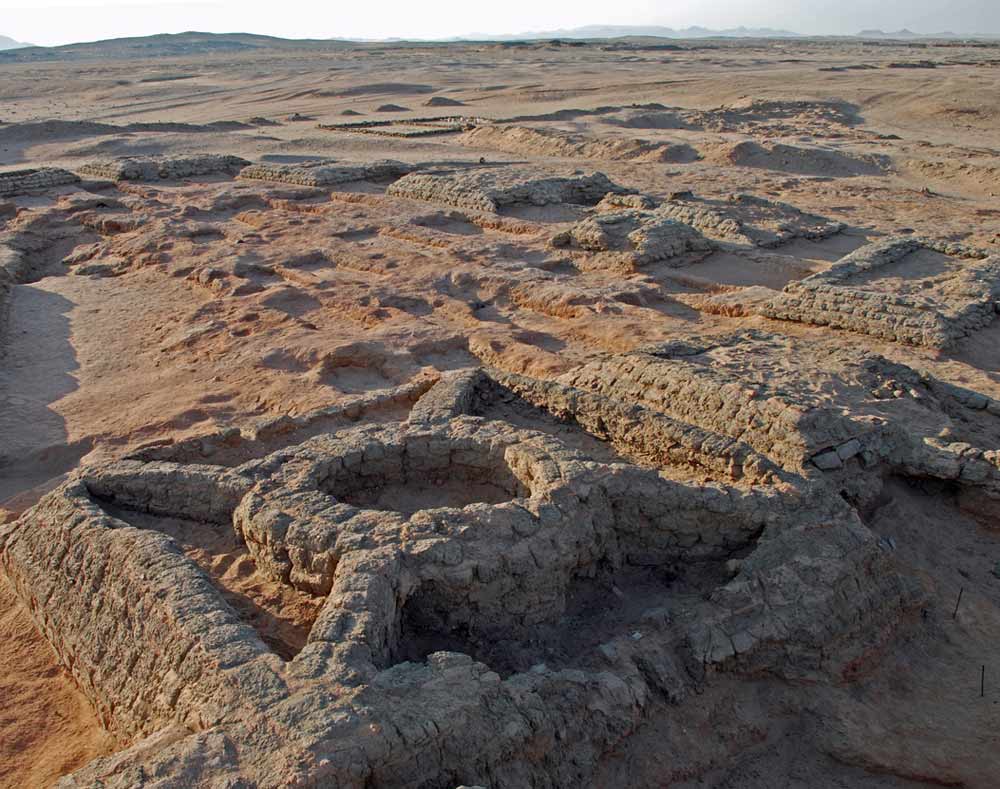
Among the discoveries are pyramids with a circle built inside them, cross-braces connecting the circle to the corners of the pyramid. Outside of Sedeinga only one pyramid is known to have been built in this way.
Kingdom Kush

Located in northern Sudan the site of Sedeinga was part of the kingdom of Kush during the time that the pyramids were built. The ancient Kushite capital of Meroe can be seen on this map as can the modern-day capital of Sudan, Khartoum.
Small Skeleton
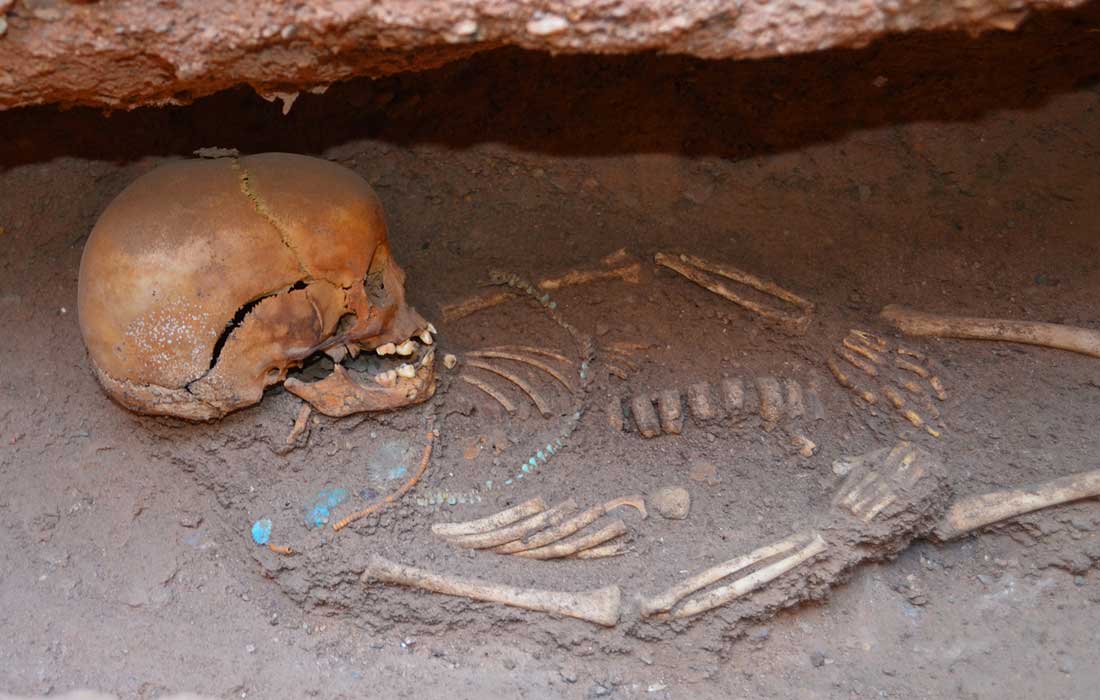
People were buried beside the pyramids in tomb chambers that often held more than one individual. This image shows a child who was buried with necklaces.
Copper Bowl
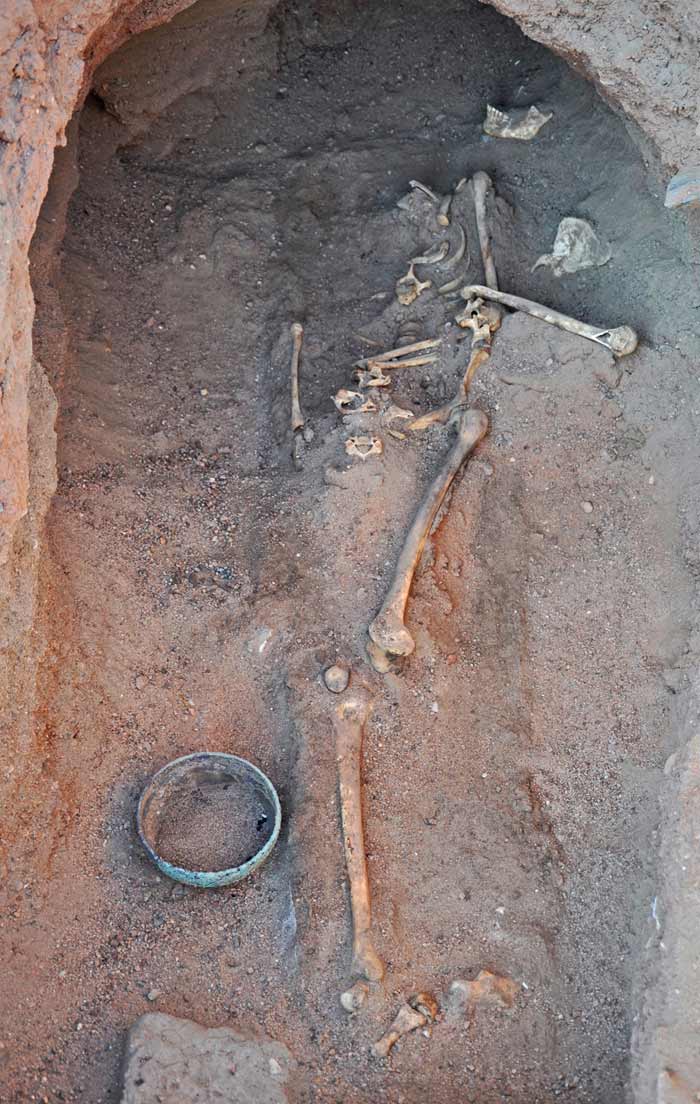
A copper alloy bowl was found in the tomb holding this skeleton.
Colorful Beads
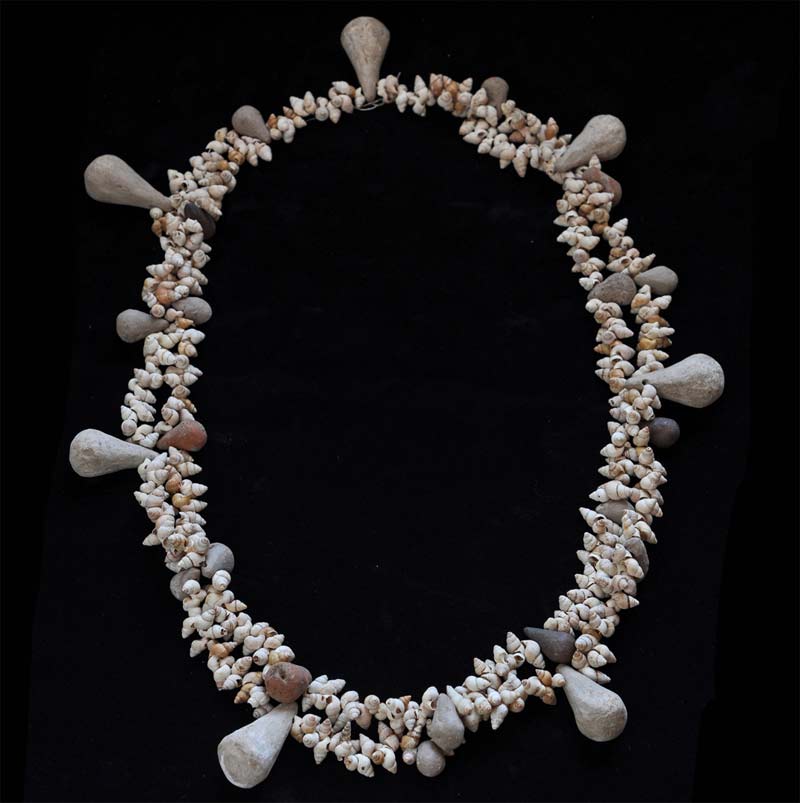
One tomb held over 1,500 colorful beads as well as Nile spiral shells. They appear to be the remains of one or more necklaces. Researchers were able to re-assemble them showing what they may have looked like if they formed a single necklace.
Get the world’s most fascinating discoveries delivered straight to your inbox.
Fertility God?
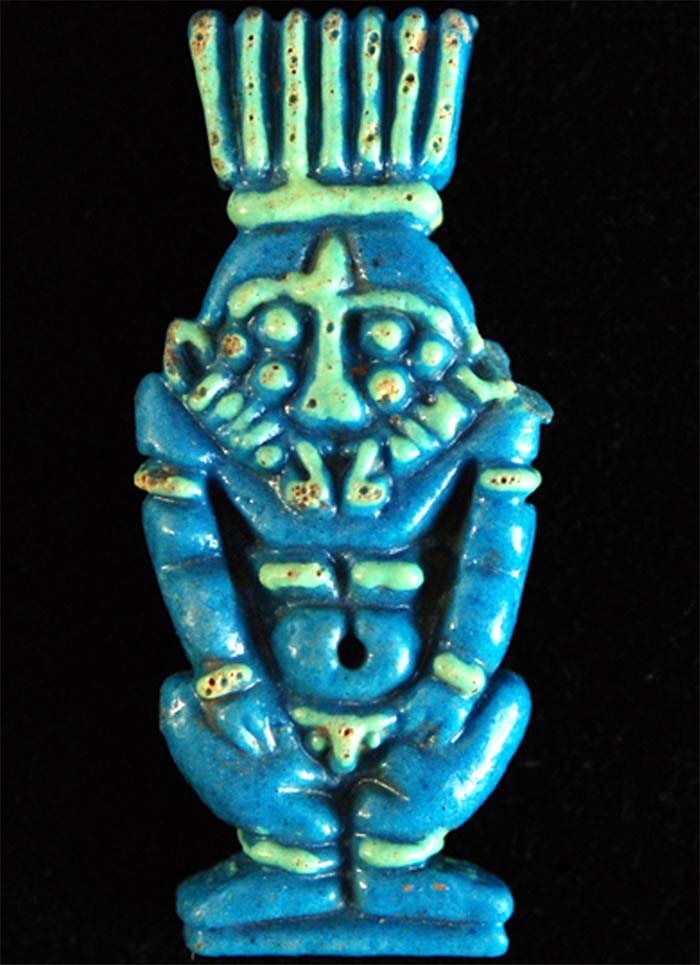
Another find from Sedeinga is this amulet of the god Bes made of glazed faience. Bes was a god often associated with children and pregnant mothers.
Stellar Discovery

An almost complete bowl decorated with a frieze that resembles double axes with stars in between them.
Dinner with Grandma?

Artifacts with ancient Meroitic writing were also found at Sedeinga. This offering table measures roughly 17 by 14 inches (43 by 35 cm) and depicts the jackal-headed god Anubis and a goddess believed to be Isis. The name of the deceased is "Aba-la," a word that may be a nickname for "grandmother." The inscription asks, among other things, that she be "served a good meal."
Isis and Osiris
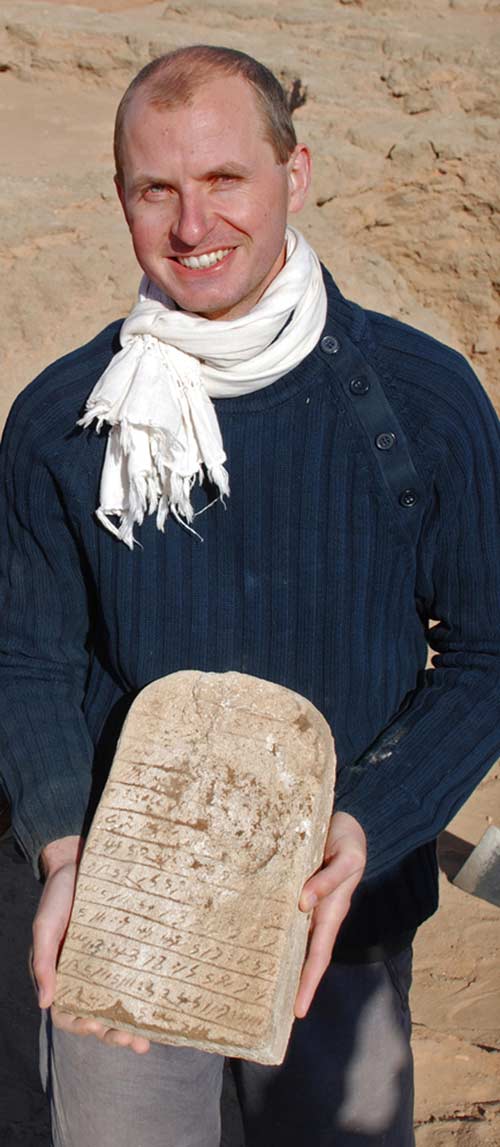
Archaeologist Vincent Francigny shown with a stela discovered at the site. The name of the deceased is lost, but the text has an invocation to Isis and Osiris.

Owen Jarus is a regular contributor to Live Science who writes about archaeology and humans' past. He has also written for The Independent (UK), The Canadian Press (CP) and The Associated Press (AP), among others. Owen has a bachelor of arts degree from the University of Toronto and a journalism degree from Ryerson University.


